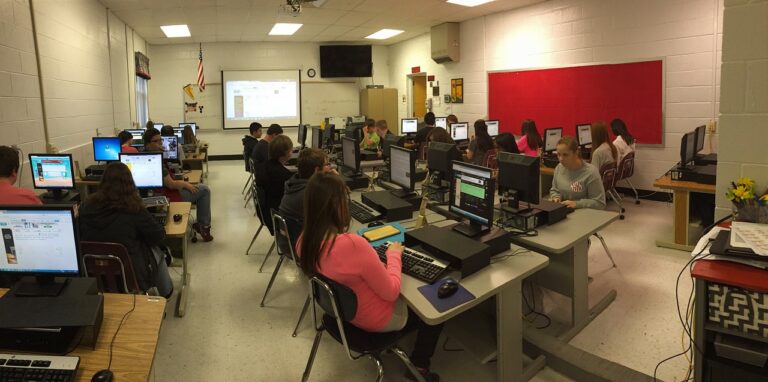Fostering Creativity and Innovation in Educational Institutions
In many educational institutions, there exists a traditional approach to teaching and learning that can hinder the embracement of creativity and innovation. The emphasis on standardized testing and curriculum can stifle students’ natural creativity and limit their ability to think outside the box. Moreover, educators may feel constrained by rigid guidelines and expectations, making it challenging to incorporate new and innovative teaching methods into their classrooms.
Another obstacle to embracing creativity and innovation in educational institutions is the fear of failure. Failure is often viewed as a negative outcome rather than a learning opportunity, leading to a reluctance to take risks and try new approaches. This fear of failure can prevent both students and educators from stepping out of their comfort zones and exploring innovative ideas. Additionally, the pressure to meet academic standards and excel in traditional measures of success can create a focus on rote memorization and repetition, leaving little room for creativity and innovation to thrive.
The Importance of a Supportive Environment for Nurturing Creativity and Innovation
Creating a supportive environment within educational institutions is crucial for fostering creativity and innovation among students and educators. When individuals feel encouraged and empowered to explore new ideas without fear of judgment or failure, they are more likely to think outside the box and come up with innovative solutions to complex problems. A nurturing environment not only boosts confidence but also inspires individuals to take risks and push the boundaries of their own creativity.
Moreover, a supportive environment helps in building a collaborative culture where ideas are freely shared, discussed, and refined. Collaboration among students and educators from diverse backgrounds and disciplines leads to the cross-pollination of ideas, sparking creativity and innovation. By encouraging open communication and valuing different perspectives, educational institutions can create a dynamic ecosystem that nurtures creativity and fosters a culture of innovation.
Why is it important to have a supportive environment for nurturing creativity and innovation?
A supportive environment fosters a sense of psychological safety, encourages risk-taking, and provides resources and encouragement for individuals to explore new ideas and perspectives, leading to greater creativity and innovation.
How can educational institutions overcome the challenges in embracing creativity and innovation?
Educational institutions can overcome these challenges by promoting a culture of openness, experimentation, and collaboration, providing training and resources for faculty and students, and creating spaces that inspire creativity and innovation.
What are some examples of initiatives that can help create a supportive environment for nurturing creativity and innovation?
Some examples include setting up innovation labs or maker spaces, organizing hackathons or design thinking workshops, implementing cross-disciplinary projects, and providing mentorship and support for individuals with new ideas.
How can individuals contribute to creating a supportive environment for nurturing creativity and innovation?
Individuals can contribute by sharing their ideas and perspectives, supporting and encouraging others, being open to new ways of thinking, and actively participating in collaborative projects and initiatives that promote creativity and innovation.





